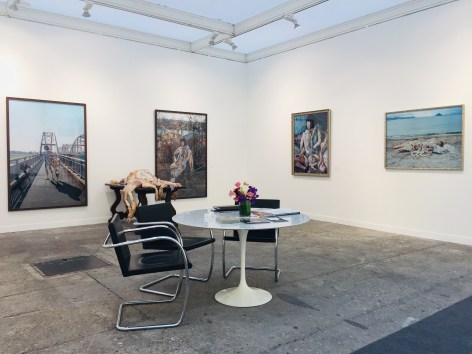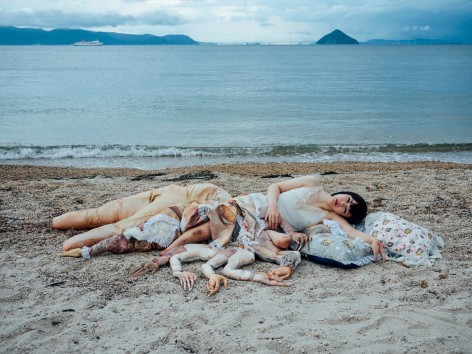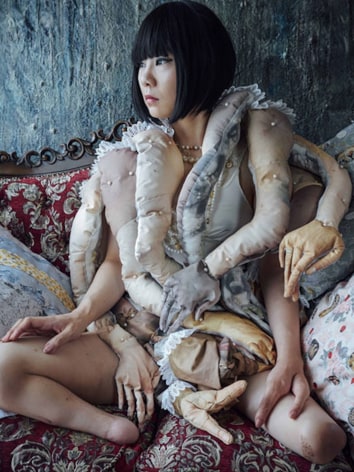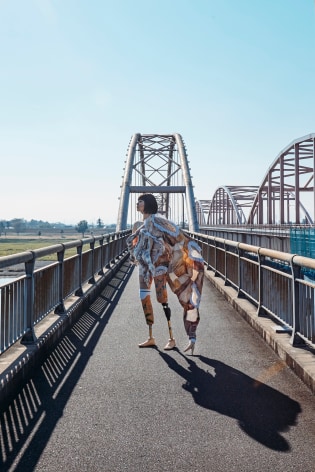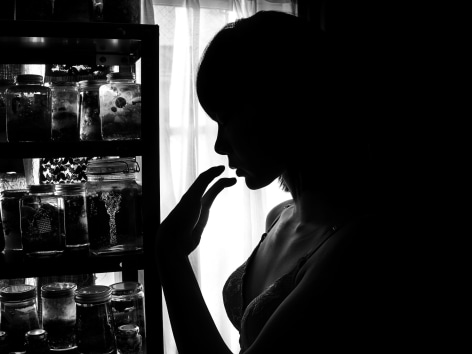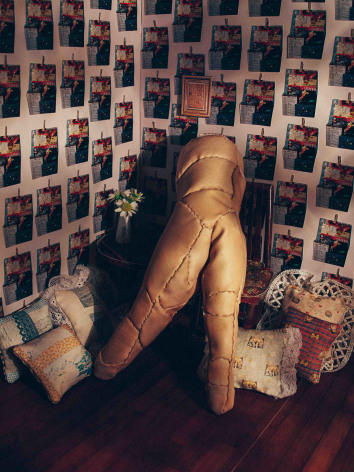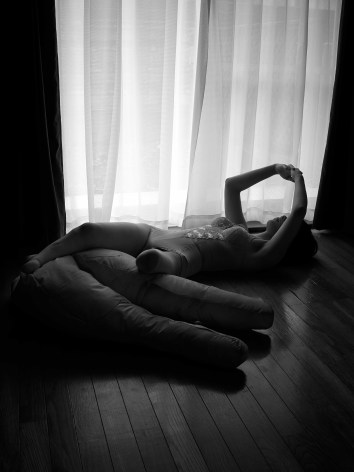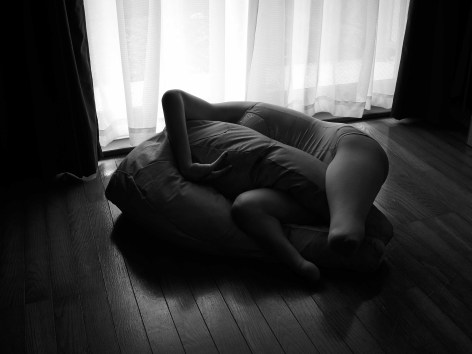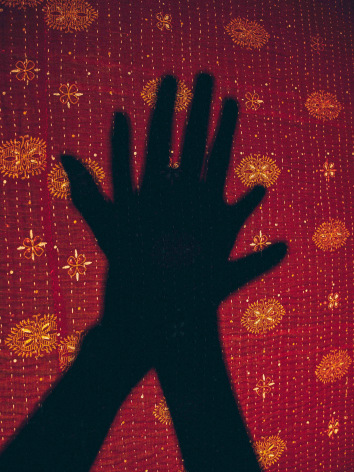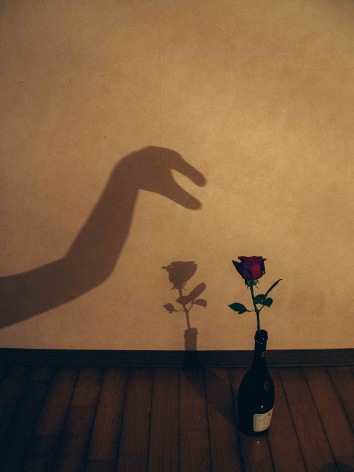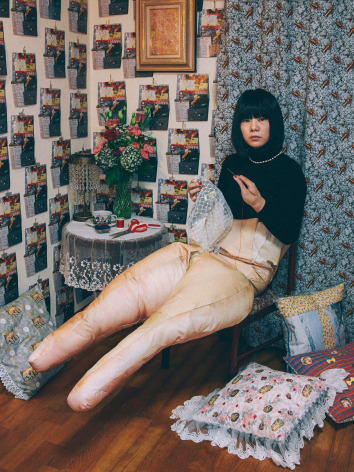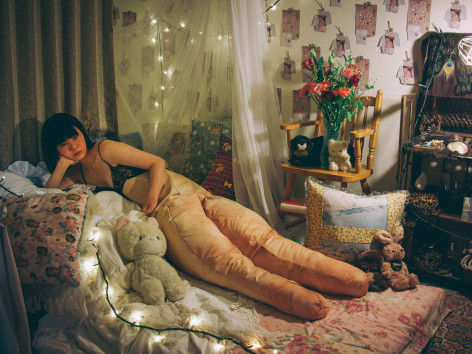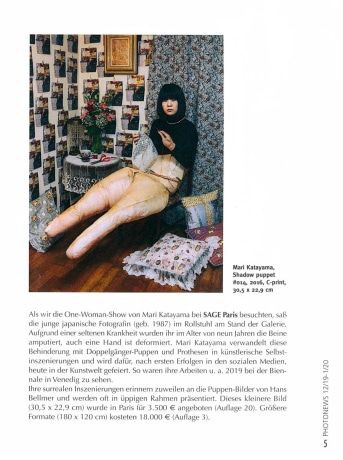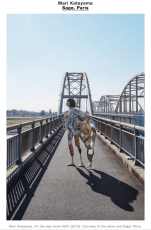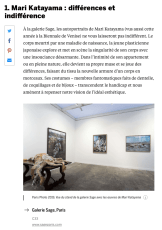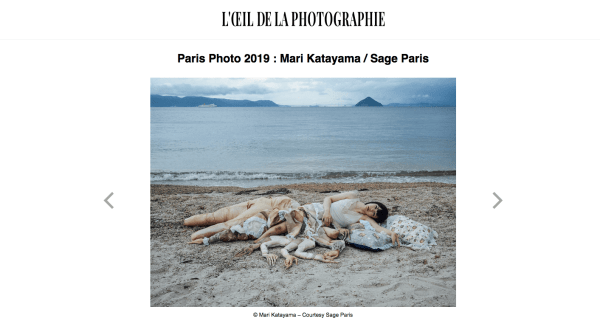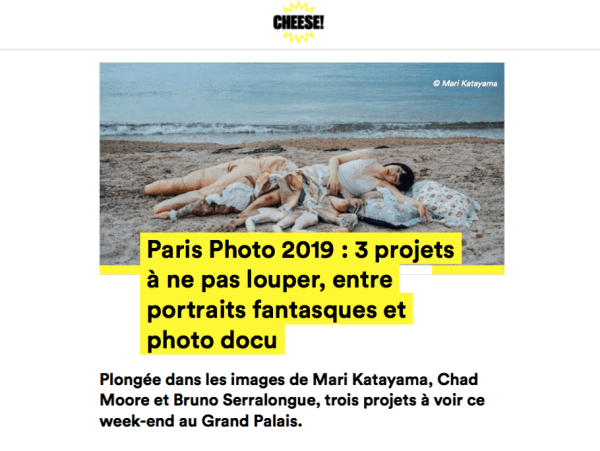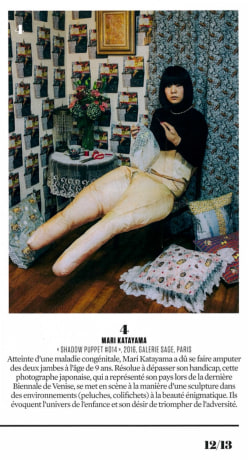MARI KATAYAMA
FR - Née avec des handicaps physiques, Mari Katayama qui présente son travail à la fois au Pavillon Central et à l’Arsenal de la Biennale de Venise 2019, a choisi à l’âge de neuf ans d’être amputée de ses deux jambes. Depuis elle a transcendé sa condition physique au travers des œuvres qu’elle crée, utilisant son propre corps comme une sculpture vivante.
Dans ses autoportraits photographiques, Mari Katayama explore les nombreux défis auxquels elle doit faire face du fait de sa condition physique et de son identité, essayant de retracer les souvenirs de ses frustrations enfantines. Katayama nous invite à prendre en considération sa propre réalité, essayant de nous amener à reconnaître les forces qui ont modelé son idéal esthétique physique. Les séries de photographies de Mari Katayama offrent une réflexion puissante sur les défis physiques et les peurs psychologiques auxquels elle doit faire face chaque jour. Ses travaux permettent au spectateur de s’associer émotionnellement à son monde dans lequel l’image d’un corps en morceaux et le phénomène des membres phantomatiques sont profondément ressentis.
Remarquablement, Mari Katayama n’a jamais eu l’intention de devenir une artiste. La photographie a été pour elle une façon d’avoir une conversation avec le spectateur et les objets en peluche incrustés de dentelle, de coquillages, de cheveux et de cristaux qui accompagnent souvent son travail n’ont été créés que pour son propre amusement.
Aujourd’hui son travail a été plus que remarqué par des collectionneurs et conservateurs (Simon Baker de la Maison Européenne de la Photographie en particulier) en Europe et en Amérique.
ENG - Born with a rare physical handicap, Japanese artist Mari Katayama who shows her work both at Pavillon Central and Arsenale at Venice Biennale 2019, chose to have both her legs amputated at the age of nine. Since then she has transcended her condition by the works she creates, using her own body as a magnificent living sculpture.
In her photographic autoportraits, Mari Katayama is exploring the numerous challenges ascertaining to her condition and identity, trying to recover her memories of isolation she felt whilst growing-up. Mari Katayama invites us to her own reality, trying to prompt us to consider the forces shaping ideals of physical beauty. The photography series of Mari Katayama offer a reflection on the physical challenges and psychological fears she faces every day. In her works, the viewer is allowing to emotionally connect to her world in which the image of a fragmented body and the phenomenon of the phantom limb is deeply sensed.
Remarkably, Mari Katayama never set out to be an artist. Her photography was a way to a have a conversation with a beholder and the stuffed objects-inlaid with lace, seashells, hair and crystals were made purely for her own amusement.
Today her work has attracted many important collectors and curators (Simon Baker of Maison Européenne de la Photographie in particular) in Europe and America.


